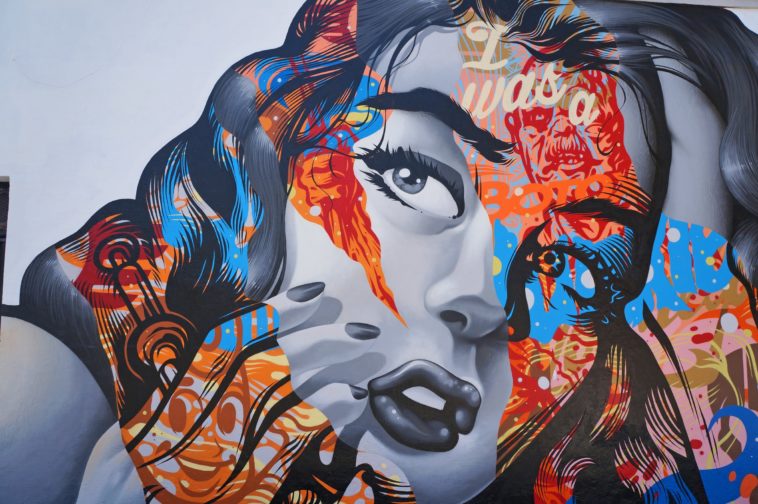Key Takeaways: Exploring the Vibrant World of Pop Art
- Pop Art’s Roots and Global Influence: Pop Art, emerging in the 1950s, challenged traditional art by incorporating elements from popular and mass culture. It’s a global phenomenon, with unique flavors in regions like the UK, US, Japan, and New Zealand.
- Iconic Figures and Their Impact: Artists like Andy Warhol and Roy Lichtenstein defined the movement with their bold, ironic takes on commercial and everyday imagery.
- Cultural Reflection and Critique: Pop Art mirrors and critiques aspects of contemporary society, from consumerism to media influence, often with a blend of humor and satire.
- Diverse Techniques and Styles: The movement is known for its use of bright colors, bold lines, and innovative techniques, including silk screening and collage.
- Legacy and Evolution: Pop Art’s influence persists in contemporary art, impacting various forms and discussions around the intersection of art, culture, and commerce.
The Vivacious World of Pop Art: A Journey Through Time and Imagination
Ah, let me tell you about the world of Pop Art! It’s like stepping into a kaleidoscope of modern culture, where every turn shows you something more vibrant and thought-provoking.
A Blast from the Past: The 1950s Upheaval
Imagine the 1950s, a time of buzzing consumerism and media explosion. This was when Pop Art emerged, like a colorful rebel, challenging the highbrow norms of art. I remember being absolutely mesmerized by Eduardo Paolozzi’s collages, which encapsulated the essence of this new movement.
Icons that Shaped a Movement
Now, when you think of Pop Art, you can’t help but think of Andy Warhol and Roy Lichtenstein, right? Warhol’s Campbell’s Soup Cans were like a cheeky wink at consumer culture, while Lichtenstein’s comic strip-inspired works brought a sense of playfulness and irony.
A Reflection of Society
What I find most captivating about Pop Art is how it mirrors society. It’s not just about colorful images or famous faces; it’s a commentary on our world – the good, the bad, the consumer-driven. It makes you ponder, laugh, and sometimes, even squirm.
Around the World: Pop Art’s Global Reach
The beauty of Pop Art is in its diversity. Each region added its unique flavor. In Japan, it blended with avant-garde influences, while in New Zealand, it intertwined with local culture, creating something distinctly Kiwi.
The Legacy Lives On
Pop Art has left an indelible mark on the art world. It broke barriers, challenged perceptions, and continues to inspire artists today. It’s not just a movement; it’s a conversation between art and society that keeps evolving.
Frequently Asked Questions
- What defines Pop Art?
Pop Art is defined by its use of popular culture and mass media imagery, often with a focus on irony, parody, and bold graphic techniques. - Who are the most famous Pop Artists?
Andy Warhol, Roy Lichtenstein, Eduardo Paolozzi, and Jasper Johns are among the most notable figures in Pop Art. - How did Pop Art start?
Pop Art emerged in the mid-1950s as a response to the prevailing norms of abstract expressionism, drawing heavily from popular and mass culture. - Why is Pop Art important?
Pop Art is important for its critical engagement with the commercial and consumerist aspects of society, and for breaking down the boundaries between ‘high’ and ‘low’ art. - How does Pop Art influence modern art?
Pop Art influences modern art by its innovative use of media and its exploration of consumerism and media culture, paving the way for contemporary art forms that blend commercial and artistic elements.





